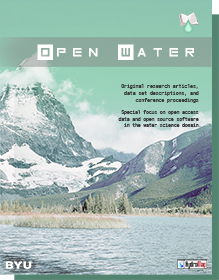Article Title
Keywords
Bacteriophage/ Escherichia coli/ General viable count / Light transmission/ Linear equations/ Stabilisation Station /Staphylococcus aureus
Abstract
Introduction: Bacteriophages are viruses that infect and lyse bacteria, the applications of phage’ techniques in wastewater treatment systems improve effluent and sludge emissions into the environment.
Methods: The existence of bacteriophages in wastewater of Soba Stabilisation Station was determined by isolating and identifying methods for their activities against Escherichia coli and Staphylococcus aureus isolated from the anaerobic, facultative and maturation ponds.
Results: The general viable count of the bacteria showed an average of 2.0x 106 cfu/ml. In broth media the affection of the bacteriophage interactions with bacteria showed increasing of bacteriophages with concomitant decrease in bacteria due to culture clearance, where the readings of the turbidity for the first and second infection showed statistical significant of light transmission among E. coli phages’ samples due to place of sample collections as follows: from the anaerobic and facultative ponds P>0.05, facultative and maturation P<0.05 and anaerobic and maturation P>0.05. Whilst, the S. aureus phages samples’ light transmission from the anaerobic and facultative P<0.05, facultative and maturation P<0.05 and anaerobic and maturation P>0.05. On solid media the affection of the bacteriophage was recognised by the phage plaque formation on bacterial cultures. The linear equations of phages’ densities and distributions according to their wavelength were y = 0.0008x + 0.0303 for E. coli phage and y = -0.0102x + 0.2438 for S. aureus phage.
Conclusion: This study concluded that phages naturally present where their hosts present and naturally destroyed bacteria which aided to recover from polluted environment.
BYU ScholarsArchive Citation
Elshayeb, Ayman A.
(2015)
"The impact of bacteriophages in bacteria removal associated with Soba Stabilisation Station efficiency,"
Open Water Journal: Vol. 3:
Iss.
1, Article 20.
Available at:
https://scholarsarchive.byu.edu/openwater/vol3/iss1/20
